How to recover quickly from a workout-related injury.
By: Dan Welden
Recovering from an injury or surgery can be a daunting task. Some people may even require physical therapy in order to function normally or as close to normal as possible, which can be a major setback for your fitness progress. This can be depressing and frustrating, and it’s even worse if your injury occurred during a workout. That’s what happened to me just over a year ago when I sustained a shoulder injury that required surgery and several months of physical therapy, so I completely understand the emotions that you may experience. However, you can’t allow this to hold you back; you’ve got to be a fighter!
So what can you do to overcome the mental strain and ensure a speedy recovery? Antonio Galan, PT, MBA, CHC director at Restore Rehab Physical Therapy, helped me answer this question. Galan has spent his entire professional career specializing in orthopedics and sports medicine. He utilizes a combined biomechanical/muscle imbalance approach to evaluate his patient’s musculoskeletal system and movement patterns. He also employs an array of exercises, including clinical pilates, and other manual techniques to assist patients in restoring muscle balance and joint symmetry, thereby decreasing pain and restoring function. A former collegiate athlete, Galan exercises regularly and has an intimate knowledge of the mechanics of rehabilitation exercises, as well as functional and sport specific activities.
Though all surgeries and injuries vary significantly, Galan clued me in on five things you can do to help ensure a speedy recovery.
1. Wear your sling or other immobilizer device at all times, unless otherwise instructed by your surgeon or physical therapist.
2. Attend all your physical therapy sessions as scheduled and follow your therapist’s directions and instructions; they’re the expert here.
3. Do your home exercise program precisely as instructed by your physical therapist or surgeon. For example: Perform your finger, hand, and wrist exercises three to four times per day, but move your arm above the elbow as little as possible.
4. If you had rotator cuff surgery, ligament repair, or labral surgery, be careful with your shoulder. Do not move your arm away from your body or over your head.
5. Consider making changes around your home so it’s easier for you to take care of yourself. Store everyday items in places you can reach easily, and keep things you use a lot, such as your phone, close.
These simple suggestions can greatly assist with the healing process. Speaking as a personal trainer, also be sure to receive clearance before returning to the gym. If you work with a trainer, get written permission from your doctor or physical therapist, along with any recommended exercises, stretches, and restrictions. This will allow your trainer to continue to work with you while minimizing the risk of further damage. If at any time you think something feels off, don’t hesitate to inform your trainer immediately. The last thing any trainer wants is to further injure their client, which could set them back even more.


